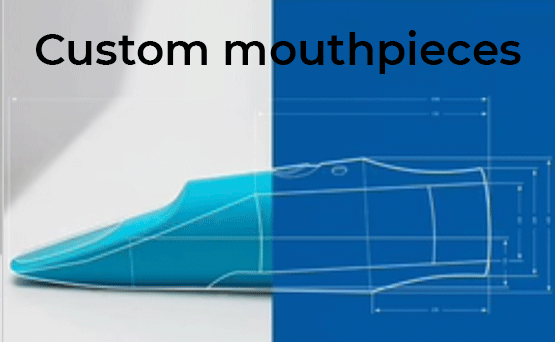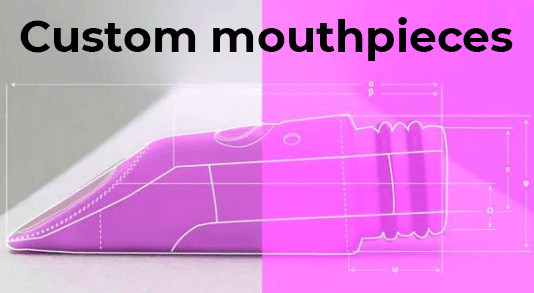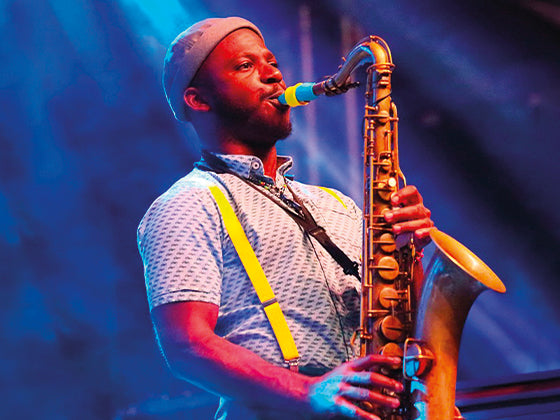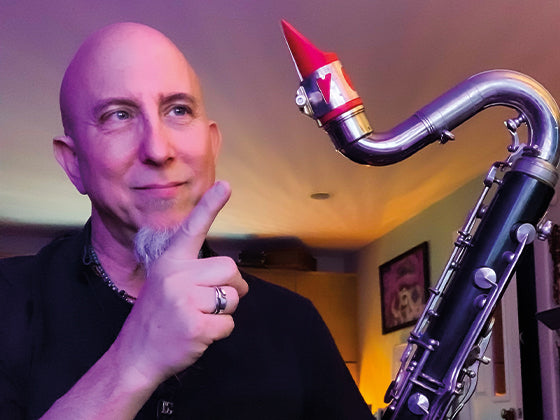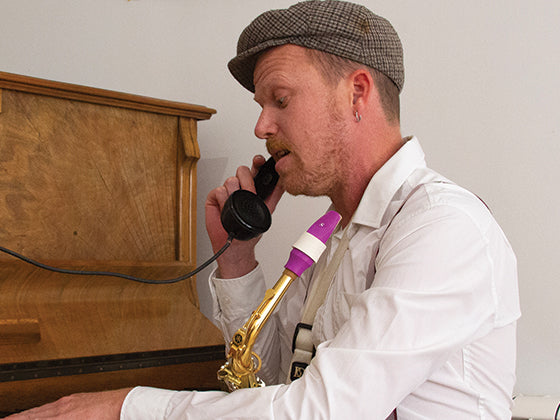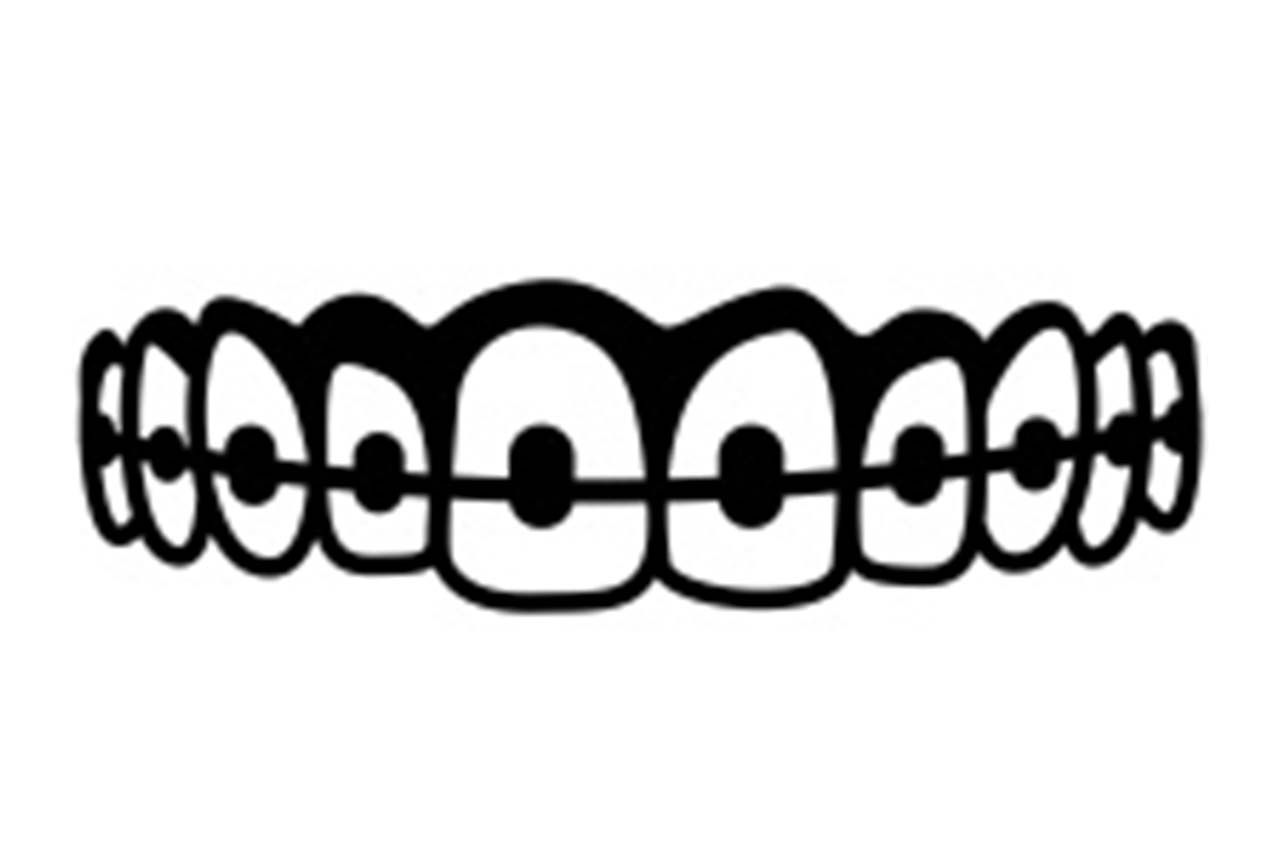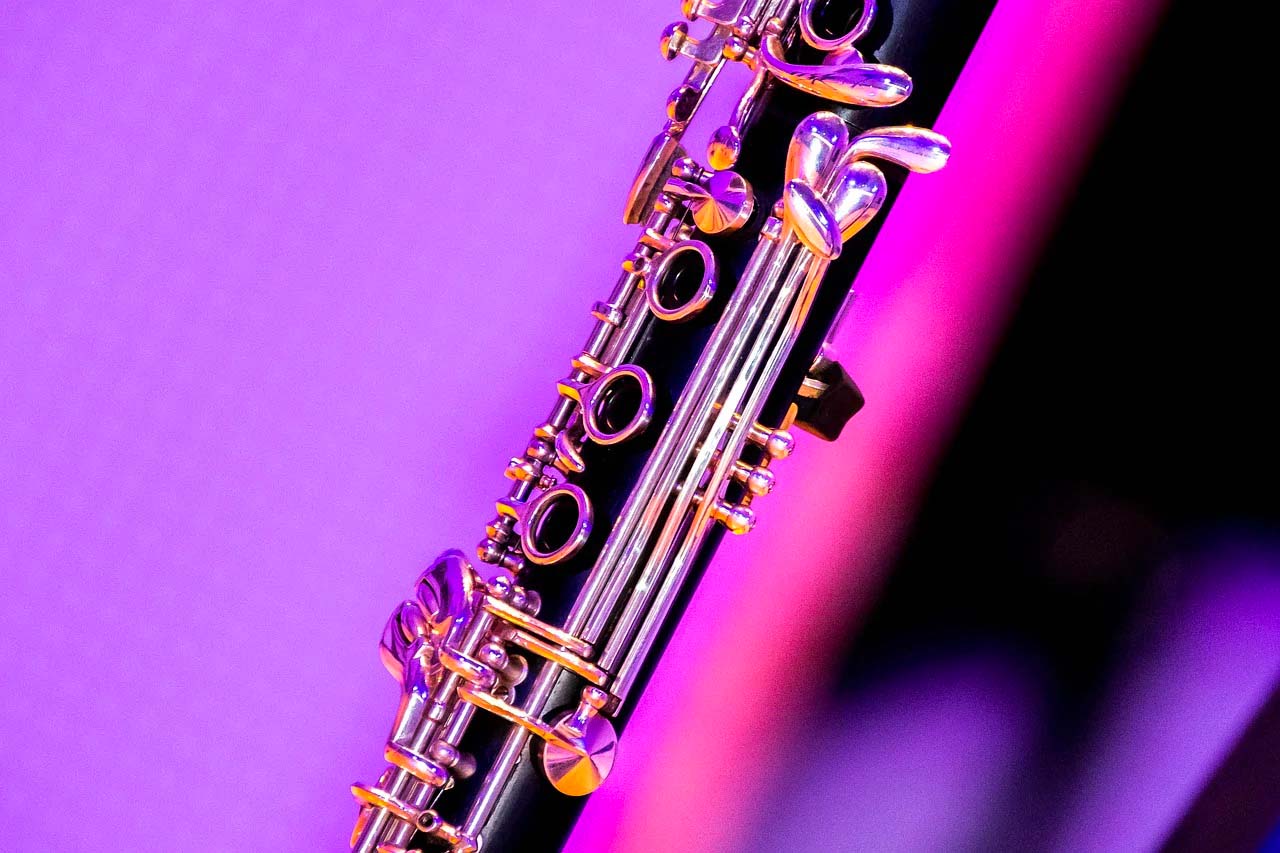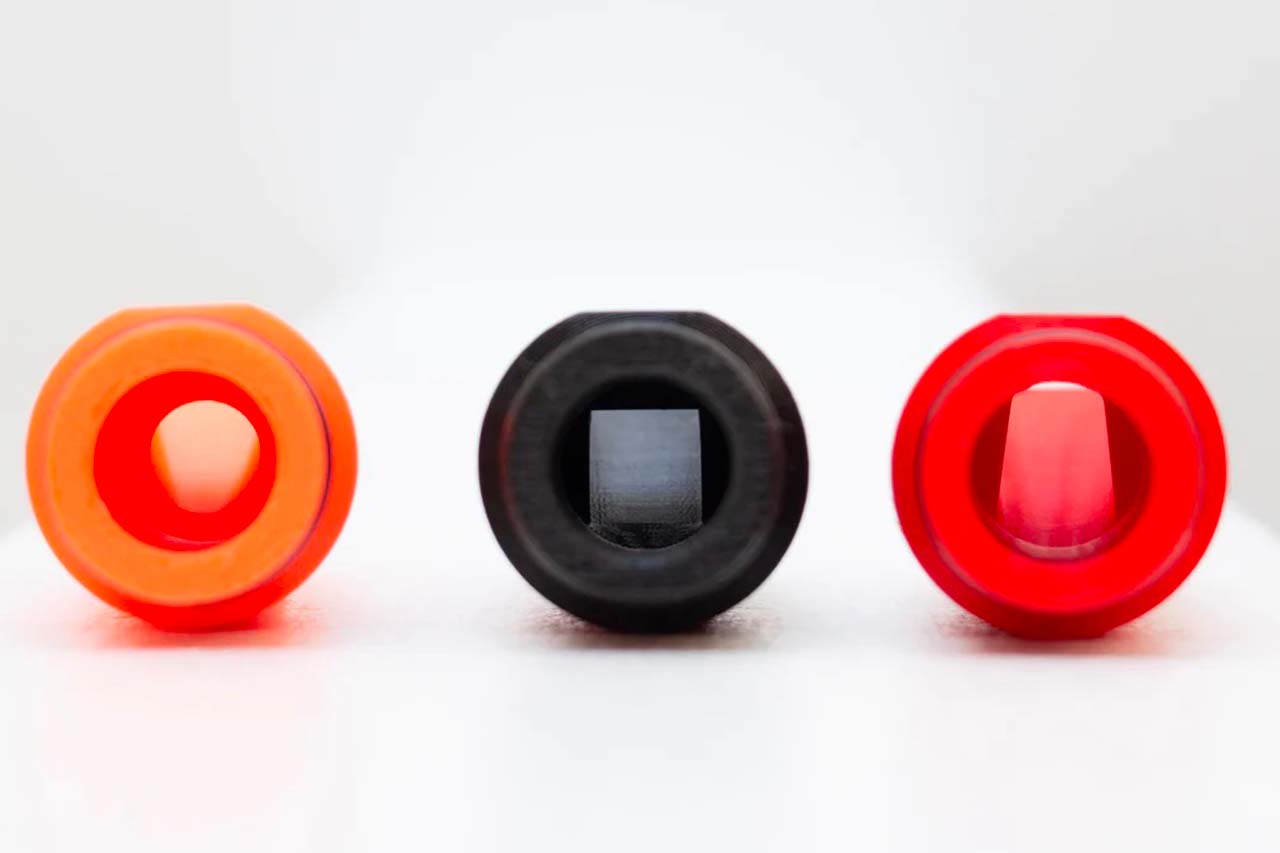
Many woodwind instrument players have had to go through the frustration of having to wear braces for a few years; and with this come the worries about how they will affect their embouchure, losing their tone...
If you are reading this article, it is probably because you or your child will have to get braces soon, and you are wondering how it will impact your, or their, play when the time comes.
In an effort to help you address this issue and relieve you of your worries, the team at Syos have compiled some advice regarding playing saxophone or clarinet with braces, so that you can relax and keep working on your music.
We can already tell you there is no need to worry too much!
Issues caused by braces when playing woodwind instruments.
The main drawback with having to play while wearing braces is that because they are made of metal, they can cut the inside of the lips quite easily. The beating of the reed will also slightly reverberate into the mouthpiece and these vibrations can be painful on the teeth.
However, keep in mind that this issue will not stop you from playing, and you will only have to adapt for a little while once your braces have been fitted!
Parthenope, a Syos artist, told us about her experience wearing braces :
I played with braces for three years, firstly the main discomfort was from the braces cutting into the inside of my lip but the skin soon hardened up and that stopped happening, then it was fine. I didn’t have to play with a different kind of embouchure, and after the braces came off I had adjusted within a day.
The main thing with braces is that they may, in certain cases, affect your embouchure, which is the way you position your mouth around your mouthpiece, since you will inevitably try to alleviate the pain in order to play for a sustained period of time.
Before we talk about braces, let us have a look at what the embouchure is. To make a sound come out of your saxophone or clarinet, you will need to position your lips around your mouthpiece in a certain way, in order to pinch the reed.
There are two main types of embouchure:
- the single-lip embouchure, which is the most common method, consists in putting your bottom lip over your teeth to apply pressure on the reed, and putting your top teeth on the mouthpiece, allowing you to use your lip to create a seal around the mouthpiece.

- the double-lip embouchure, is more complicated to do and is used less frequently; although it was John Coltrane’s way of doing it (Coltrane himself had problems with the layout of his teeth, forcing him to adapt his embouchure), as well as some other greats. It uses the same technique as for the bottom lip and applies it to the top lip as well, covering the player’s whole set of teeth.

Now that we have seen how the embouchure works, you can see why having a set of braces installed might be a problem for any woodwind player out there.
But do not panic! Humans are great at overcoming challenges and adapting to new situations, and you are no exception. Moreover, we are here to help: here are a few ways you can address this issue:
- Talking about it with your dentist
Before even getting braces, tell your dentist that you play saxophone or clarinet. They will take that into account when putting the braces in place, and might even consider other ways to help straighten your smile. They are, and should always be, your first point of reference when it comes to your braces; no blog post can replace them. Bear in mind you will not be able to play for a few weeks after getting them put in place. Your dentist will also help you fix any discomfort that might take place while playing; having a regular and transparent dialogue with your practitioner is the best way to avoid having any problems once the braces are put in place.

- Using wax
Orthodontic wax is a direct and efficient way to fix the issue of your braces hurting the inside of your lips. Apply the wax over the braces, covering them in a soft material that will protect your tissues from the metal. The downside of wax is that it will make your braces bulkier, thus making it harder to find a comfortable fit around your mouthpiece. However, after a little bit of time spent getting used to the feeling and adapting your embouchure, you will be able to play like you usually do.
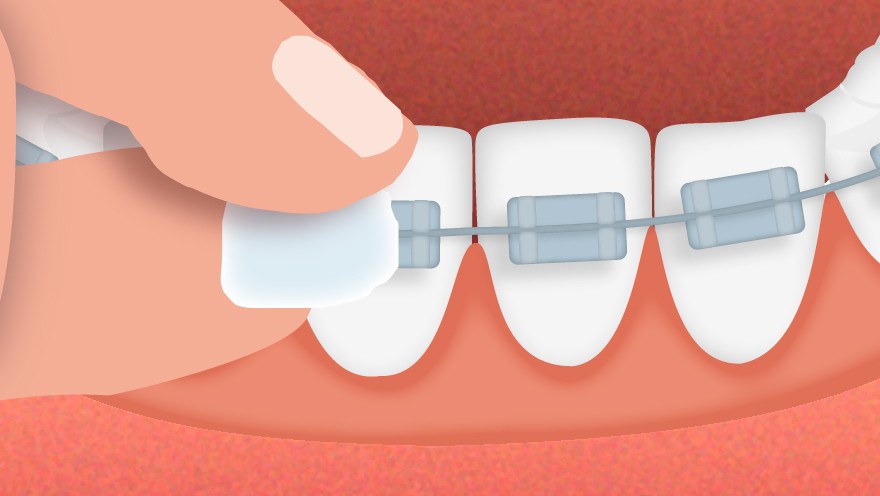
- Switching to a retainer
If it is possible, you might want to consider switching to a retainer. Even though wearing one may still bother you in trying to figure out your new embouchure, it has the advantage of being made of soft material that encloses your teeth, thus it will not harm your inside lip as much as braces will. Moreover, retainers are thinner than they ever have, so the disturbance will be as little as it can be.
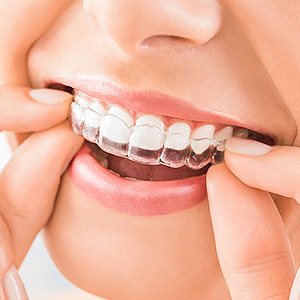
There is little doubt in our minds that you will be able to adapt to getting braces. It might seem difficult and discouraging at first, but when there is a will, there is a way!
If you are struggling to get your motivation going, we have also compiled a little guide to help you with that here.
It will also be a good opportunity for you to study the theoretical side of the saxophone, as pointed out to us by Jason Moore:
I sympathize with the difficulty these students are facing, but I think it presents an opportunity to learn more about what the saxophone and their setup needs in order to produce sound efficiently. Least effort, most result. That's in the Syos DNA! Braces will never be truly comfortable to play with, but it shouldn't be painful.
If you have worn or are wearing braces and have tips for other musicians to help them adapt to playing with them, do not hesitate to write them down in the comments below!

